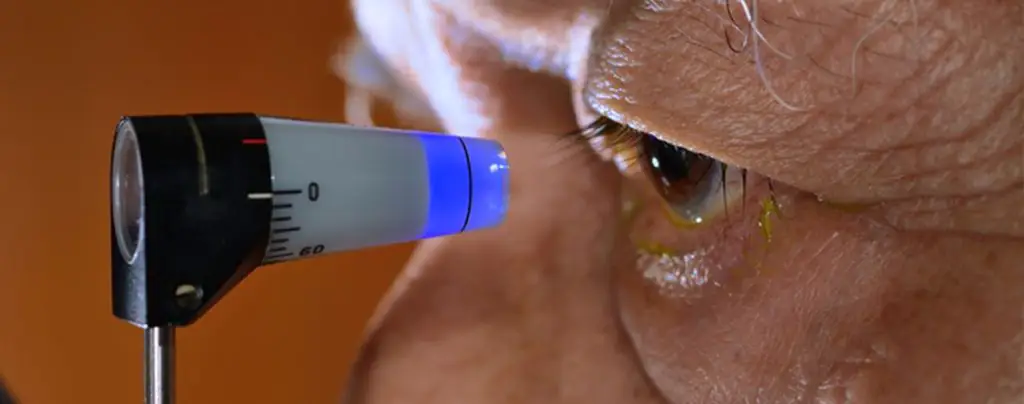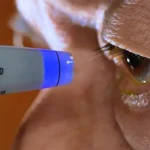Struggling with poor vision? Diagnosed with glaucoma? Are you aware of what kind of glaucoma have you been diagnosed with? Glaucoma is commonly known as “Kala Motia” in Hindi and “A Thief of Vision” in English. It is a rare condition that can be treated but not cured completely. This post here talks about the types of Glaucoma, symptoms, and treatments. Primary Glaucomas: There are three primary common Glaucoma types:
Open-angle Glaucoma
Also known as primary glaucoma or wide-angle glaucoma, it accounts for 70-90% of the glaucoma cases. It is a condition in which the eye’s drainage canal gets blocked, resulting in increased intraocular pressure. The buildup of pressure, in turn, causes severe damage to the optic nerve. Certain risk factors include older age (40 above), overproduction of aqueous humor, thin cornea, damage in trabecular meshwork and blockage of the eye’s drainage canal. Symptoms- It is a chronic defect, as there are no early symptoms or signs. In some cases, you may witness patchy blind spots in your peripheral vision, and soon, the central vision begins to decrease too, leading to blindness. Some people may experience tunnel vision in the advanced stages as well. Prevention and Treatment- Open-angle glaucoma, if caught during the early stages, can be treated with eye drops by reducing the increased eye pressure. If there persists a family history with glaucoma, then regular monitoring and checkup should be done. However, medications, laser, and surgery can combat the defect in the earlier stages.
Angle-closure Glaucoma
Also known as acute angle or narrow-angle glaucoma, it is the second most common type of Glaucoma, which is a highly congenital disorder. It is caused due to a narrowed angle between the iris, and the cornea due to which eye fluid drainage gets blocked. Risk factors include older age, family history, and long sight. Females have a higher chance of developing this kind of glaucoma. Symptoms- Cloudy vision, nausea, sudden eye pain, halos around lights, and redness in eyes. Prevention and treatment- The first level of Glaucoma treatment is eye drops and intravenous injection to lower the eye pressure. After the pressure is lowered, laser iridotomy is carried out to clear the blockage in the eye’s drainage system. Normal-Tension Glaucoma Also known as low-tension glaucoma, this type of defect occurs due to damage in the optic nerve even though the eye pressure is normal. In this case, it is advised to maintain low eye pressure than normal to prevent vision loss. Causes include any family history of glaucoma or cardiovascular disease. Also, people who have Japanese ancestry may have low-tension glaucoma. Symptoms- It is a painless disease, and there are chances that there will be no early symptoms associated with it. Some people may witness the loss of peripheral vision, and in worse conditions, the vision starts to get narrowed. Prevention and Treatment- The treatment is as same as it is for open-angle glaucoma, in which the pressure of the eye needs to be kept very low to prevent vision loss.
Secondary Glaucoma
The cause of this is due to the presence of another disease that can affect the eye pressure, causing damage in the optic nerve. Another reason can be eye injury, drug overdose, advanced case of cataract, and diabetes. Symptoms- Inflammation inside the eye, bright light bothering the eyes and seeing halos around the lights. Though it is an inevitable disease, the only way is to prevent the growing malady is through treatments. With a team of 20+ Glaucoma specialized doctors, CFS is all prepared to detect Glaucoma in the early stages and provide the right treatment and surgical management. Also Read: मोतियाबिंद इन हिंदी





